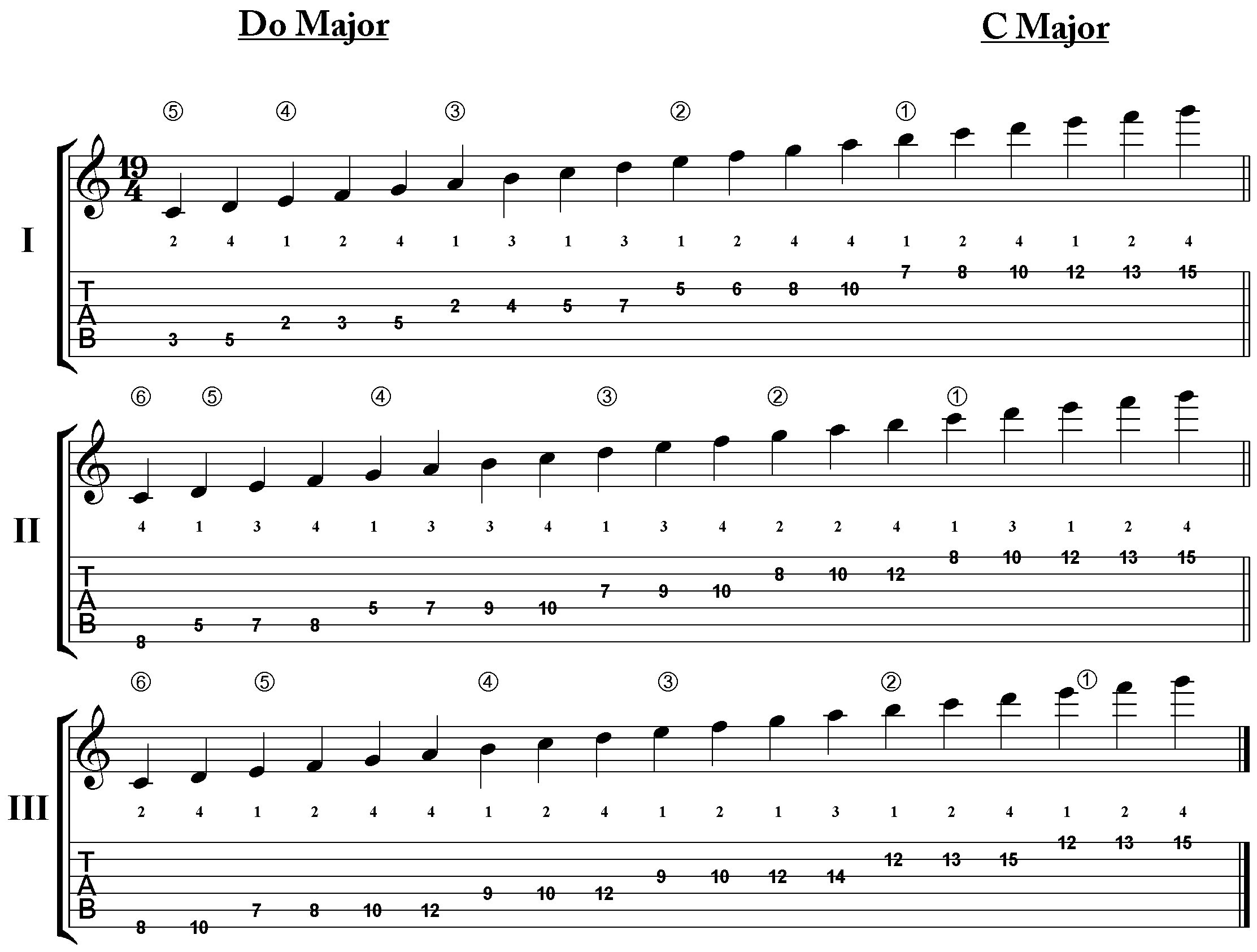Major scales are an important constructing block of all western music. It’s one of the most generally used musical scales.
Whereas sitting down and practicing the major scale isn’t anyone’s thought of fun, the payoff in the future is rewarding.
By knowing your major scales inside and out, you’ll be capable of navigating via all aspects of music theory.
In this article, I’ll explain what major scales are, and how you can start to understand them and use them in your music.
What’s the major music scale?
The major scale is a seven-note scale that consists of a sequence of entire steps and half steps. The half steps exist between the third and fourth, and seventh and eighth scale levels.
One other name for the major scale is the diatonic scale. This merely implies that the half steps within the scale are spread out as much as potential.
If this sounds complicated, don’t worry! We’re going to interrupt down all the whole steps, half steps, and scale levels in this article.
Let’s get began.
How to construct major scales
Trying on the piano is the simplest technique to start understanding the major scale.
In case you take a look at all the white keys on the piano, you’re looking at the C major scale.
The C major scale begins on the white key that comes before the two black keys. That is the first scale diploma.
Before we begin constructing the major scale, it’s essential for you to learn about whole steps and half steps.
The one-half step is the gap from one note directly to the following one. One whole step is the same as two half steps.
Now take a look at the piano. Find a C, and use the next formula to play a C major scale: whole step, whole step, half step, whole step, whole step, whole step, half step.
As you play the scale based on the whole steps and half steps, you’ll also be enjoying every scale diploma from one to seven.
Congratulations! You simply performed a C major scale. This scale tells you the musical key of C major: no sharps or flats.
Constructing major scales in other keys
You’ll be capable to construct a scale beginning on any notice if you can do it in the key of C major.
Once you construct major scales in other keys, you’ll begin to use the black keys on the piano to suit the major scale formula.
Let’s check out the major scale in D major.
Begin on D, and use the major scale method
D whole step to E, whole step to F#, half step to G, whole step to A, whole step to B, whole step to C#, half step to D.
You’ll additionally discover that the key signature of D major is F# and C#.
This would possibly take a bit to get used to when you begin practicing it. You’ll start to get more comfortable with it as time passes.
After a whilst you’ll feel it begin to become more natural. Making use of this information in other areas of music will come faster and easier for you.
Don’t be afraid to take this method via the circle of fifths and practice every musical key.
Modes of the major scale
The major scale can be used to construct musical modes. The modes include the relative minor scale, in addition to other frequently used scales.
The modes are all based on the major scale method.
We call the major scale the Ionian mode because it begins on the first scale diploma. The other six scale levels within the major scale will provide you with different modes.
For instance, beginning the C major scale on the second note D will give you D Dorian mode: D E F G A B C D.
Continue this sample by beginning the C major scale on any note. This will provide you with different modes of the major scale, and you’ll begin to hear the different tonal qualities as you play them.
Check out our in-depth guide if you wish to dive deeper into modes in music.
Major scales in music
The major scale is considered the fundamental scale in western music. It’s the intense, steady sound we associate with happy-sounding music.
The major scale is the spine of functional harmony in music. Keep in mind the tone-semitone pattern I talked about before?
The position of the semitone intervals is what produces the sense of tension and launch in progressions of chords built with the notes in the major scale.
That might sound a bit theoretical, however, it’s the reason why the major scale will be discovered absolutely everywhere in music.
With such an elementary scale, it’s fairly onerous to say how greatest to use it. One of the best advice is to follow your ears and let your personal creativity be your guide.
It’s major for a reason
Don’t overlook the major scale in your practice routine. Practice it in all 12 keys. Use it to create new melodies and concord.
When this scale you have this scale in your ears, you’ll be a natural once you go to create your next song.





